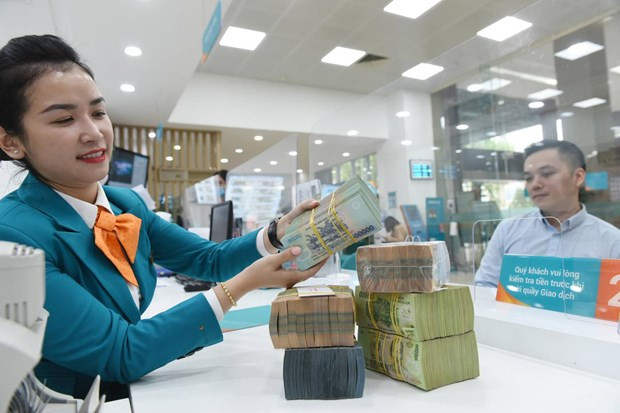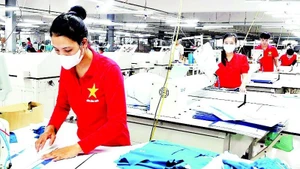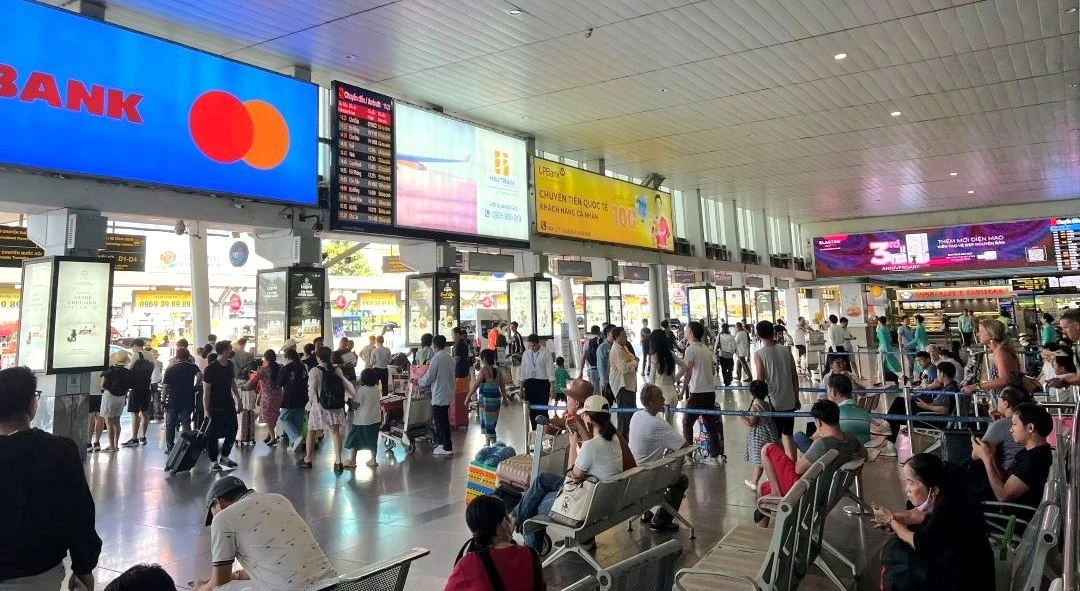According to latest data from the State Bank of Vietnam (SBV), as of September 29, credit growth had reached 6.92% compared to the end of 2022, with strong rise seen in credit for some priority sectors.
SBV Deputy Governor Pham Thanh Ha said that in the first nine months of 2023, the Government and the Prime Minister held many conferences and meetings with ministries, sectors and associations, while the SBV also organised 12 conferences and meetings, and issued 11 documents directing the implementation of measures to enhance credit access for enterprises, sectors and areas.
The central bank also worked hard to seek ways to improve people and businesses’ capacity to absorb credit capital, he said, noting that there have been 63 bank-business connection conferences in localities to listen to opinions of businesses and people, and seek solutions to help them overcome difficulties, especially in accessing credit.
As a result, the whole economy’s credit reached nearly 12.75 quadrillion VND (523.39 billion USD) as of September 29, a rise of 6.92%.
Ha held that although credit growth was considerably lower than that in 2022 and the same period in previous years, there was an upturn trend in recent months. Particularly, credit growth in some priority areas is higher than average, he said.
Specifically, as of July 31, credit for supporting industry hit more than 335 trillion VND, accounting for 2.69% of the total, a rise of 13.47% over the end of 2022. Meanwhile, that for high-tech businesses was about 44.7 trillion VND, up 16.09%. Especially, credit for the poor and low-income earners also grew 8.19%.
The SBV Deputy Governor said that in order to provide businesses with better access to credit capital, the central bank has applied many measures since the beginning of the year such as reducing operating interest rates to create room for commercial banks to lower their interest rates, while encouraging digital transformation in the banking sector in order to help credit institutions to cut cost and reduce lending interest rates.
However, in reality, although interest rates have decreased, the rates have yet to meet the needs of many businesses, while lending interest rates have been cut more slowly than deposit interest rates. Since the beginning of the year, deposit interest rates in the market have decreased by 2% but lending interest rates have only dropped by 0.5%-1%.
Dao Minh Tu, SBV Permanent Deputy Governor said that along with efforts of the central bank, the continuous companionship of ministries, sectors and localities through synchronous solutions is crucial to remove difficulties for businesses, enabling them to thrive in a difficult economic context.
















